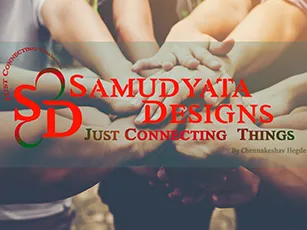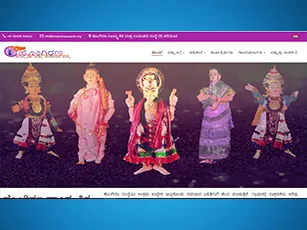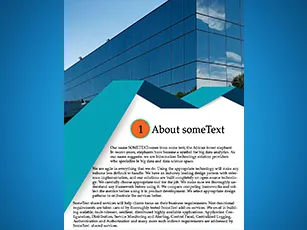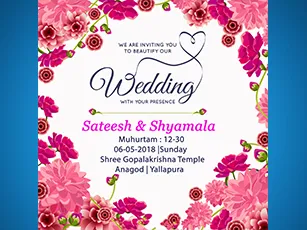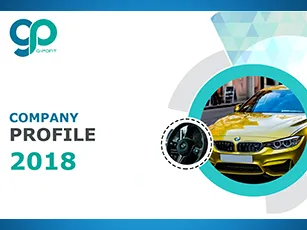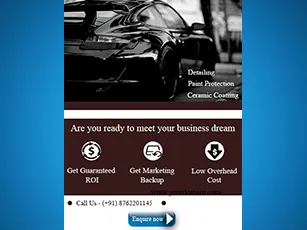Facebook Ads for Blog Promotions
If you're a seasoned internet user, you might believe that no one clicks on Facebook ads. It's a blunder. This year, Facebook is on track to raise more than $60 billion in advertising revenue. Someone is interacting with the advertisements. What can be said to convince them to click on the Facebook ads? How do you get them to buy your product or, more importantly, enter your email list? How do you get them to buy your product or, more importantly, enter your email list?
Many marketers who have tried Facebook advertising, particularly in the beginning, have found them ineffective. They are not to be trusted.
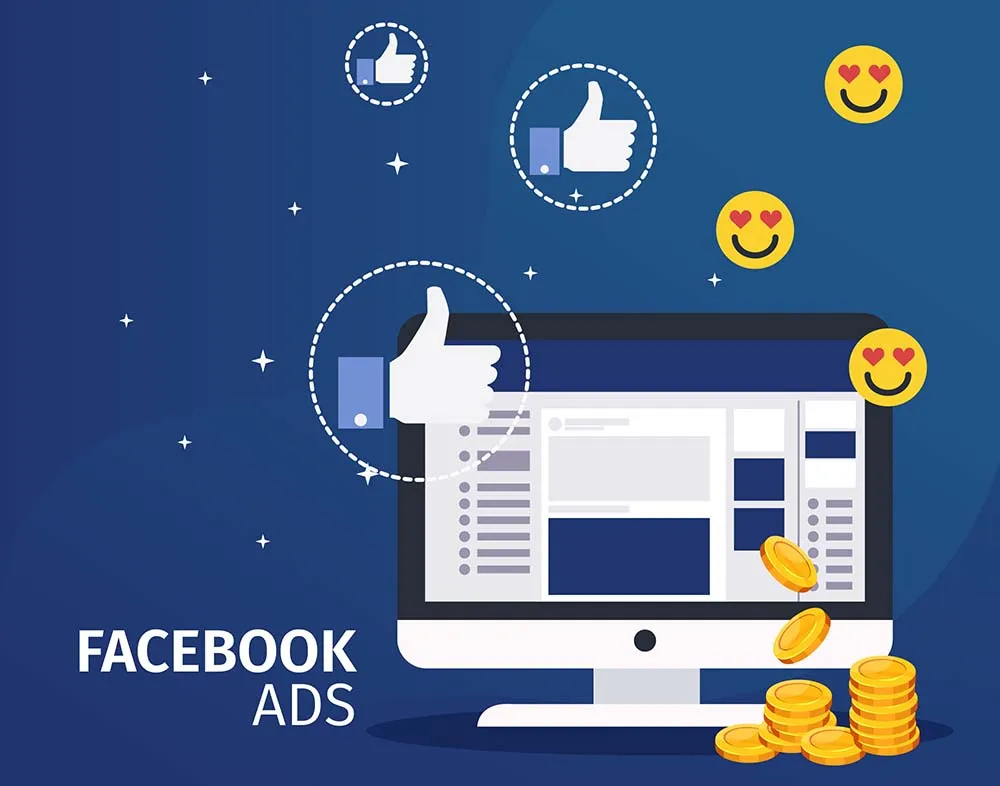
Facebook Ads and How Do They Work?
Facebook ads come in a range of sizes and formats. One may advertise their Page, its messages, user activities, or their entire website. As a result, it's a fantastic kit.
You can still push traffic to your website despite Facebook's increased focus on native ads and maintaining traffic on the platform.
Ad formats include photos, videos, carousels (multiple images), Instant Experiences, and collections. Users are targeted by Facebook advertising based on their position, demographics, and profile information.
Many of these features are exclusive to Facebook. You set a budget and bid for each click or thousand impressions after you've created your ad. As a consequence, users can see your ads in the Facebook sidebar or in their newsfeed.
This guide will teach you how to use best practises to generate CPC ads that drive traffic to your website.
Although Facebook's other ad options are great for increasing brand awareness and engagement, direct answer marketers looking to close a deal should stick to advertising that pushes users off-site.
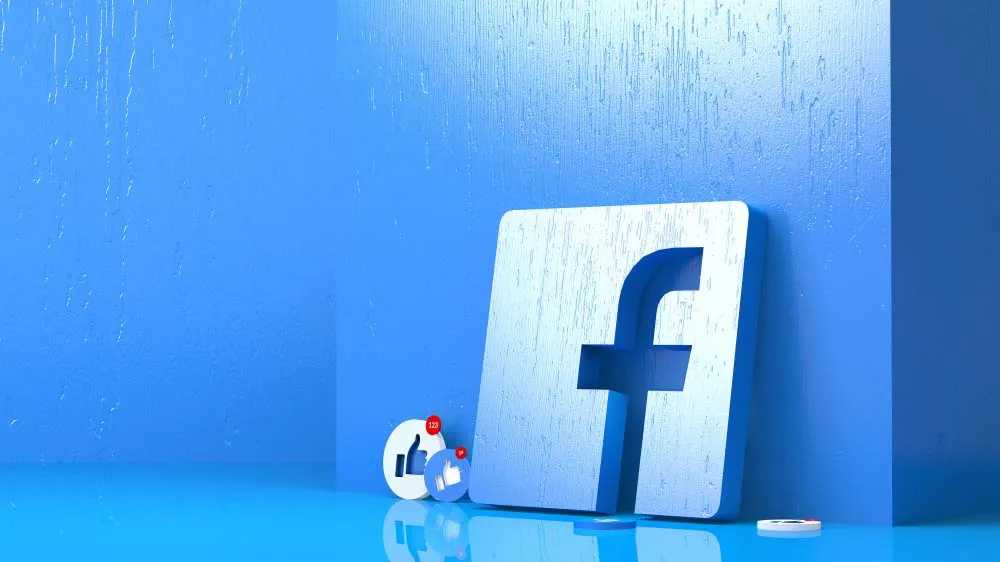
What are the benefits of running Facebook ads?
I suggest that you start promoting your blog posts on a regular basis once you have a little extra cash to spend on advertisements each month. Here are a few possible explanations:
1. A whole different audience. You can restrict who sees your ads to those who haven't visited your site in the last six months.
2. Re-engage those on your mailing list. You re-engage with people on your mailing list who don’t open your emails. The day after I send out my newsletter email, I usually start a campaign to promote one of my blog posts. Then I filter out everyone who has already seen the message from my audience.
3. Move people through your sales funnel. You have the ability to drive customers into the sales funnel. One or more of your sales emails should answer people's objections to your product or service during your launch. Turn that email into a blog post, and then promote it with some money. This could be the most persuasive part of your sales copy; you could present these ads only to people who have visited your sales page, or you could reach out and take a chance on people who aren't yet in your target group.
4. Growing the list with higher quality leads. You increase the accuracy of your leads on your list. You've most likely seen a lot of list-building advertising in your News Feed by now. It's easy to find them because they almost all promote a free guide, challenge, or webinar. Maybe you've clicked and signed up before; I know I have. But what if someone stumbles across one of your blog posts, reads it, and then tries to sign up for your free whatever? That's a unique kind of subscriber. Conversions like this are more difficult to come by, but they seem to come from higher-quality leads than anyone who saw an ad for my free guide to Facebook advertising and decided to take me up on it despite never having heard of me.
Conclusion
Both companies and customers profit from paid ads. Businesses can reach their markets in ways that organic marketing cannot, and they can easily monitor the success of their online and offline ads. Businesses will be able to see the true value of their paid Facebook ads thanks to the offline tracking info. Paid media would also have an effect on earned media. The more accessible your post is to your target audience, the more likely it is to be shared. The ‘Share' is the lifeblood of social media marketing. Consumers can see ads that are important to them, and they will have easy access to information from companies.
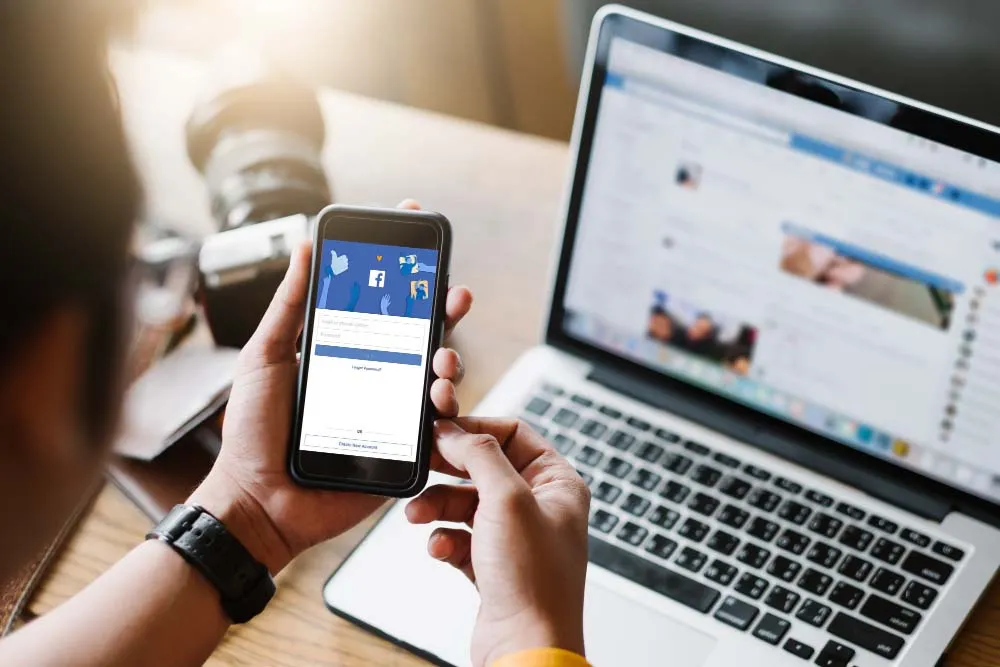
What we must bear in mind, however, is the importance of having a steady stream of organic posts. These posts will be available to those who are searching, including visitors to your social profiles and blogs, even though their reach will be much lower than if they were advertised. A "beefy" timeline is beneficial to your business because it demonstrates that you care for your company and your audience. A paid Facebook advertisement that directs a user to your company's Facebook page and then to your website or store for product purchase would be perfect. The synchronisation of both paid and organic posts would result in more consistent interaction and a higher return on investment.
Despite its steep learning curve, Facebook ads can be an effective marketing tool for the right business. The most important things to keep in mind are to target particular interests, use eye-catching images, have low-friction conversions, and keep track of everything.
You'll be able to generate a steady stream of Facebook conversions after a week or two of learning what works for your company.
